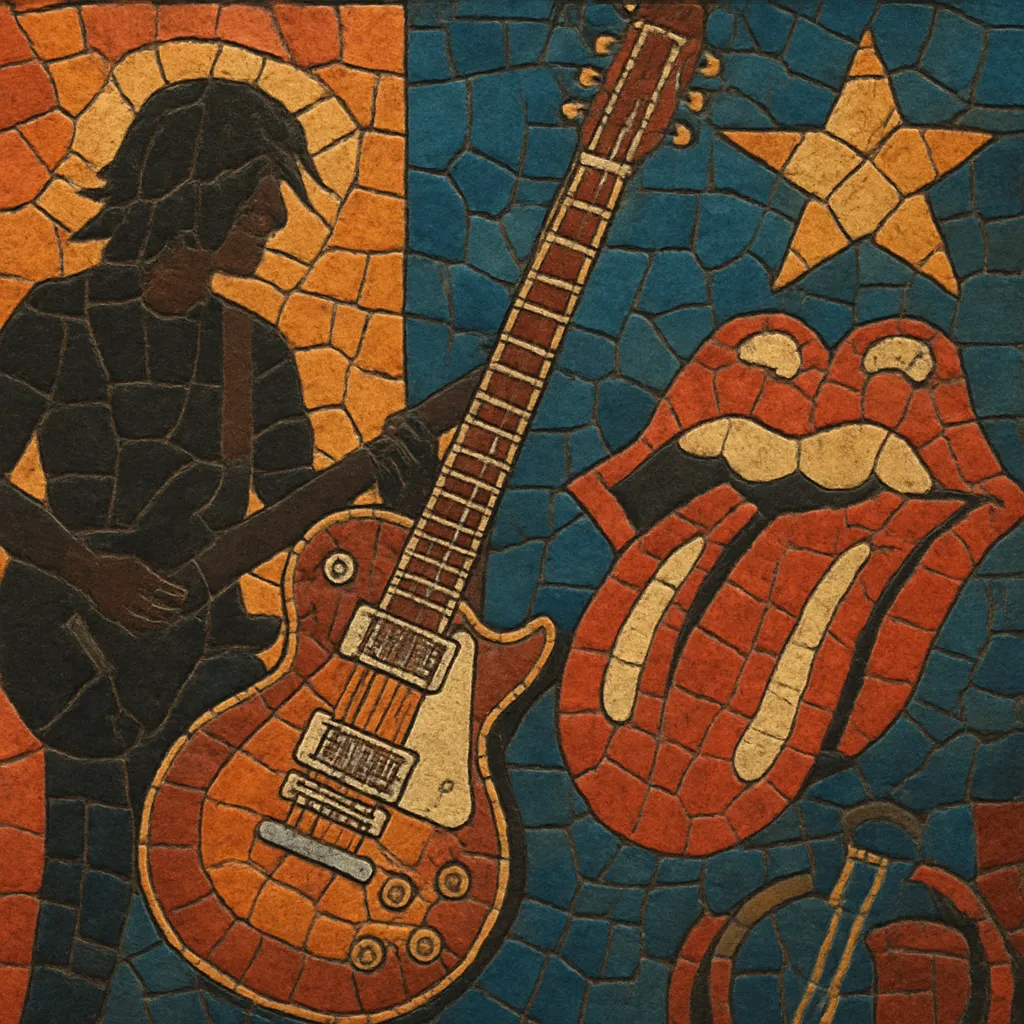Classic rock is a radio-defined umbrella for mainstream, guitar-centered rock music from the mid-1960s through the 1980s. It emphasizes blues-based riffs, memorable choruses, sturdy backbeats, and prominent guitar solos, often framed by warm, analog production.
Rather than being a single stylistic branch, classic rock curates a canon that spans hard rock, blues rock, folk rock, psychedelic and progressive strains, and heartland- and country-tinged rock. Albums and album-oriented rock (AOR) values—extended tracks, conceptual cohesion, and musicianship—are central to its identity. The sound evokes tube-amp crunch, Hammond organs, stacked vocal harmonies, and anthemic songwriting designed for both FM radio and the concert arena.
Classic rock emerged less as a brand-new style and more as a canon of album-oriented rock that crystallized on FM radio in the late 1960s and 1970s. Bands drawing on blues, rock and roll, folk, psychedelic, and early progressive ideas elevated the electric guitar riff and solo as central features. The LP replaced the single as the main creative unit, encouraging longer tracks, concept albums, and expansive musicianship.
Through the 1970s, stadium tours and high-fidelity studio production cemented the sound: hard rock crunch, Hammond and piano textures, tight rhythm sections, and sing-along choruses. The concert experience—big PA systems, light shows, extended jams—shaped what listeners came to expect from "rock" as a cultural force.
By the early-to-mid 1980s, U.S. radio programmers codified the term "classic rock" to describe a gold-format playlist focusing on the rock of the late 1960s and 1970s (and, over time, selected 1980s tracks). This framing preserved a particular blues-rooted, guitar-driven tradition even as new wave, synth-pop, metal, and alternative styles rose in parallel.
In the 1990s and 2000s, remasters, box sets, and reissues reinforced a classic rock canon while younger bands revived 1970s tones (tube overdrive, analog tape aesthetics) within neo-psychedelia, garage rock revival, and stoner rock. Today, classic rock functions as both a preserved repertoire on radio and streaming and an enduring toolkit—riffs, hooks, and album-minded writing—that continues to influence rock songwriting and production.


